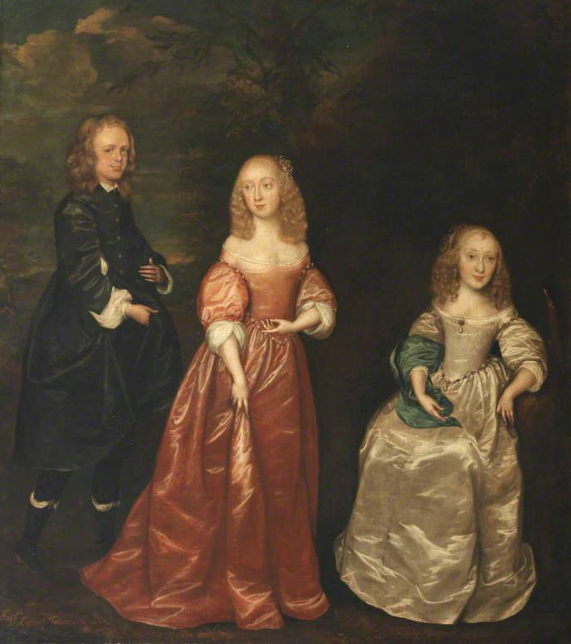Exhibiting the Pedigree of the English Gallant.
Continuing my discussion of John Bulwer’s book from 1653, I’ve skipped to the back and the appendix where as he says in the text:
“Upon the Relation of this intended Practicall Metamorphosis, I perceived that all men thought me to be necessarily ingaged to touch upon the transformation and deformity of Apparell; the thing offering it selfe so naturally, every Scene almost affording some emergent occasion or other for such a Discourse. Which conceit, I confesse, I had admitted, but that I desired to keep close to my proper Argument. A little therefore to answer expectation, I thought good to annex this Appendix, wherein I shall a little explaine this Proverbe, God makes, and the Tailor shapes.”
It’s strong stuff, but his theory seems to be that whatever strange fashion had been thought up in England, there was a foreign country where it had already been thought of. For instance painting your face, using beauty patches and wearing large earrings.
His captions, not mine by the way, They’re not terribly PC, but then neither is most of this book. The chap with the earrings has also waxed his moustache I suspect and is wearing a smart linen band over his doublet.
He compares slashed doublets (nice 1630s style one in the woodcut) to tribesmen in Africa who use body scars as a tribal marking, and goes on to discuss the mid seventeenth century lowering of the waist line

“When we wore short-wasted Doublets, and but a little lower than our Breasts, we would maintaine by militant reasons that the waste was in its right place as Nature intended it: but when after (as lately) we came to weare them so long wasted, yea, almost so low as our Privities, then began we to condemn the former fashion as fond, intollerable, and deformed, and to commend the later as comely, handsome, and commendable.”
This all sounds very familiar, fashion seemed to change as much then as it does now.
Then he moves on the the ladies. He’s no less scathing, and yes those are boobies (low cut bodice, nicely dressed hair):

“That upstart impudence and innovation of naked breasts, and cutting or hallowing downe the neck of womens garments below their shoulders, an exorbitant and shamefull enormity and habit, much worne by our semi-Adamits, is another meere peece of refined Barbarisme, as if it were done in designe, as one saith, whose thoughts were neare upon contemporary with my conceit, to facilitate an accommodation with those American Ladies in the Court of King Atabiliba,or Pocahuncas “
My favourite part still is the shoes, but I will leave that for another post.













